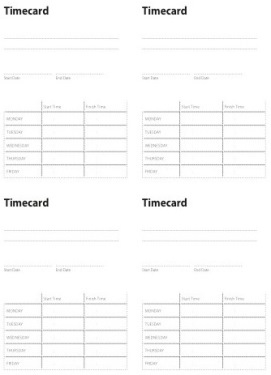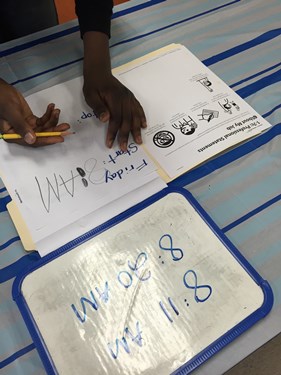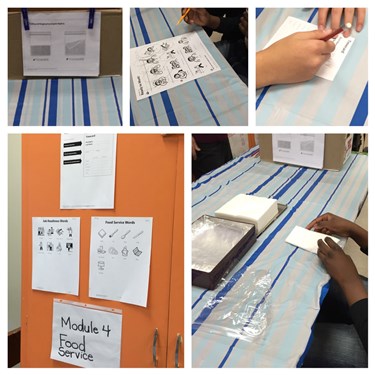By Angela Mahoney
The other day while shopping at a local grocery store, I ran into a former student. I couldn’t believe that this young man I taught in middle school, who like many students faces a unique set of challenges, was now a high school graduate with a job. As soon as we began talking I could see the pride and confidence beaming from him while he bagged my groceries. As I turned to leave, he shared how he remembered learning how to bag groceries in my class. I couldn’t believe it. That moment solidified my purpose for educating professionals and parents about pre-vocational training, and underscored my passion for education.
Pre-vocational planning is a program designed to prepare students for a successful transition to meaningful, paid work in the community. It commonly involves training in the basic work skills required for a typical employment setting. Wherever your child’s path might lead following high school, the strong foundation of these skills provided will help contribute to his or her success. What I am suggesting is early intervention coordinated to promote age-appropriate growth during the critical years of middle school, ages 11-14 — a ‘pre-vocational’ intervention if you will. Let’s build that skill base!
There are many opportunities both at school and at home for vocational tasks to be introduced, discussed, and practiced. The keys to solid growth in vocational skill level are opportunity, consistency and repetition. Consider what your child is currently working on in both environments. Then, ask yourself if you can add additional experiences to build a strong vocational foundation.
OPPORTUNITY:
- Create a small ‘work skills center’ in your home. Have a place for your child to ‘sign in/out’ each time for ‘work’. This builds a sense of responsibility and work readiness.


- A variety of tasks can be introduced and completed in this space. For example, if your child will be working on setting the table, have them sort utensils in this space first to prepare for the job. Other examples of ‘work’ that can be completed in this space are filing by letter or word, collating and stapling papers and buttoning shirts. The ‘work space’ is to be utilized as a routine space for learning vocational tasks that are purposeful and rewarding for your child to complete with independence.
- Additionally, have your child track the ‘jobs’ completed as well as reflect on how they felt about the job. Reflecting allows for discussions and connections to things your child likes to do as well as tasks they do not like to complete. It can be hand written, a happy face and a sad face, even a thumbs up and thumbs down! Find what way your child responds to best to keep him or her engaged and invested in the tasks.
- Create a way to make chores meaningful and connected to future goals. Knowing how to set a table is related to working in a restaurant. Folding towels is one task that might be required in the hotel industry. Buttoning and folding shirts is connected to working in a retail setting. There are countless ways to tie in hands-on activities at home, while introducing job connections to see if an area of interest stands out. The goal is for your child to learn what work environment and tasks they would be interested in vocationally.
- Check with your child’s teacher at the middle and high school level for in-house job opportunities such as recycling, mail delivery and cafeteria set up and break down.
- In middle and high school, inquire about off-campus job experiences in a variety of settings such as grocery stores, offices and hospital. It is important to begin the real life job experiences at the middle school level when possible. Speak with your child’s teacher for more information.






Everyone deserves to be a contributing part to this society and with a strong vocational foundation set at the right time, everyone can.
Angela Mahoney, M.Ed., is currently a special education case manager at Rogers Park Middle School in Danbury, Connecticut. Angela has worked with students of all ages in a variety of settings for the past thirteen years. Her career includes a tenure at a private school where she worked with over seventy-five middle school and high school-aged students on a weekly basis, running an inclusion-based elementary program for students with autism, as well as co-teaching core academic classes as part of a team comprised of fellow middle school educators.
Angela is the author of I Can Work! A Work Skills Curriculum for Special Needs Programs.
To learn more please visit http://icanwork.therapro.com/index.html
